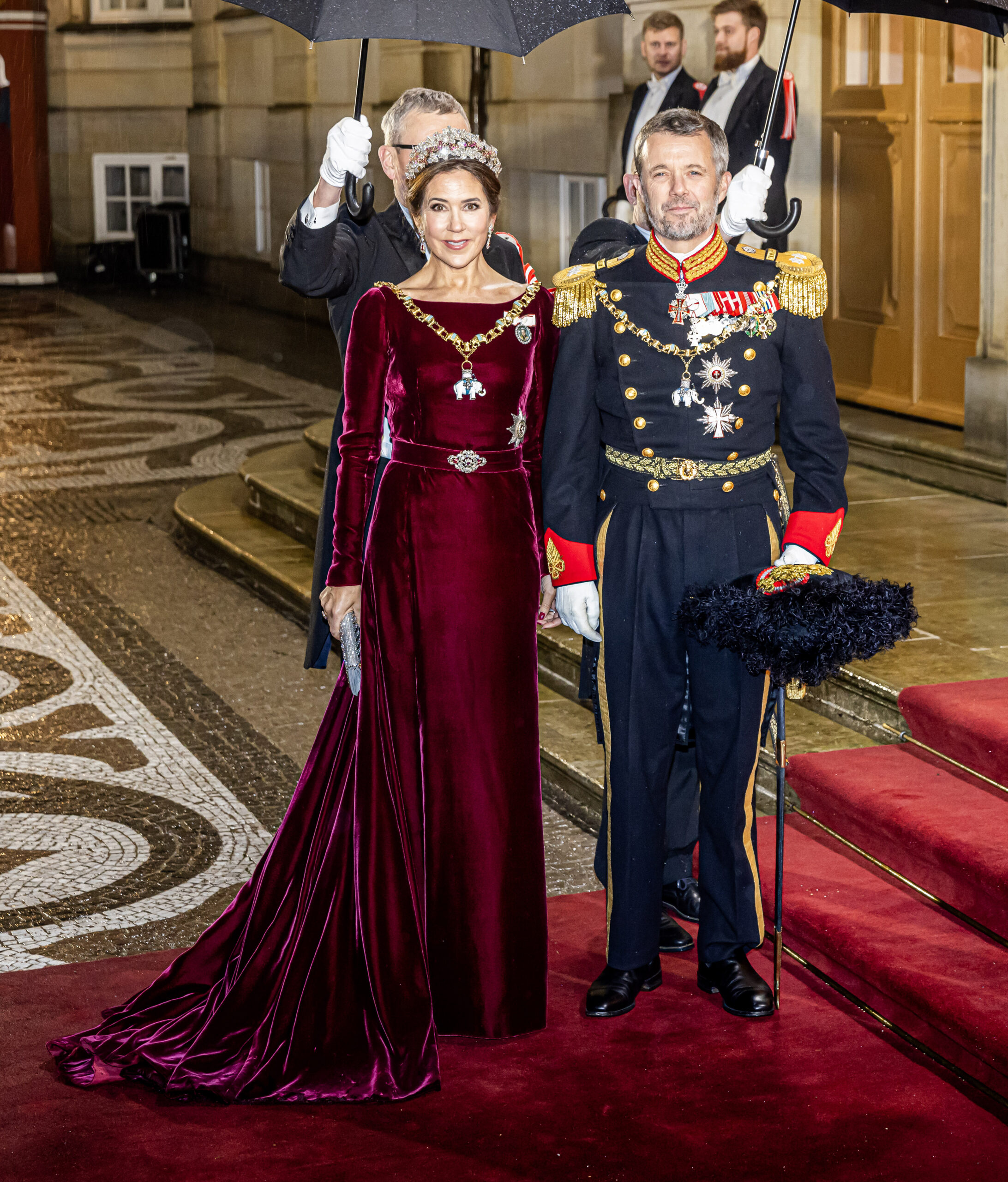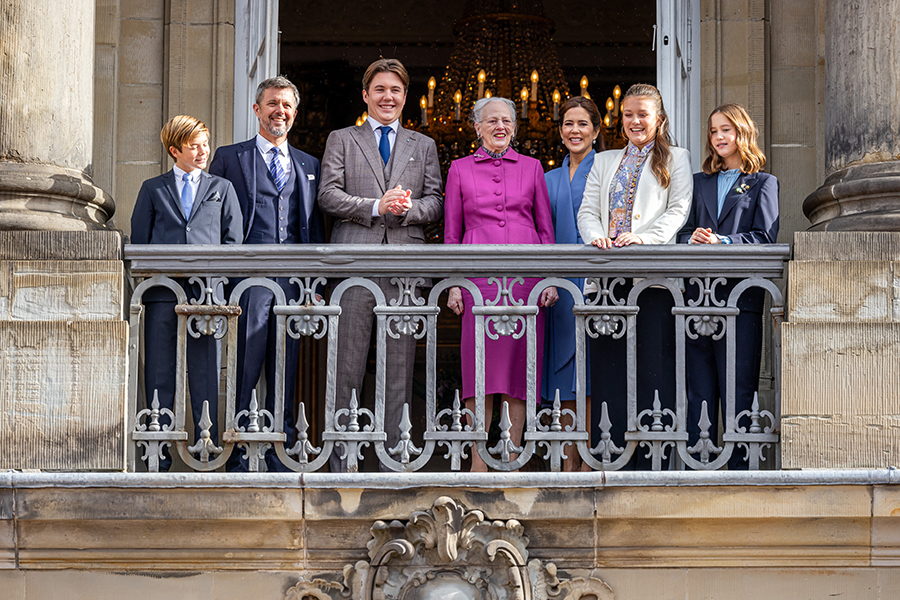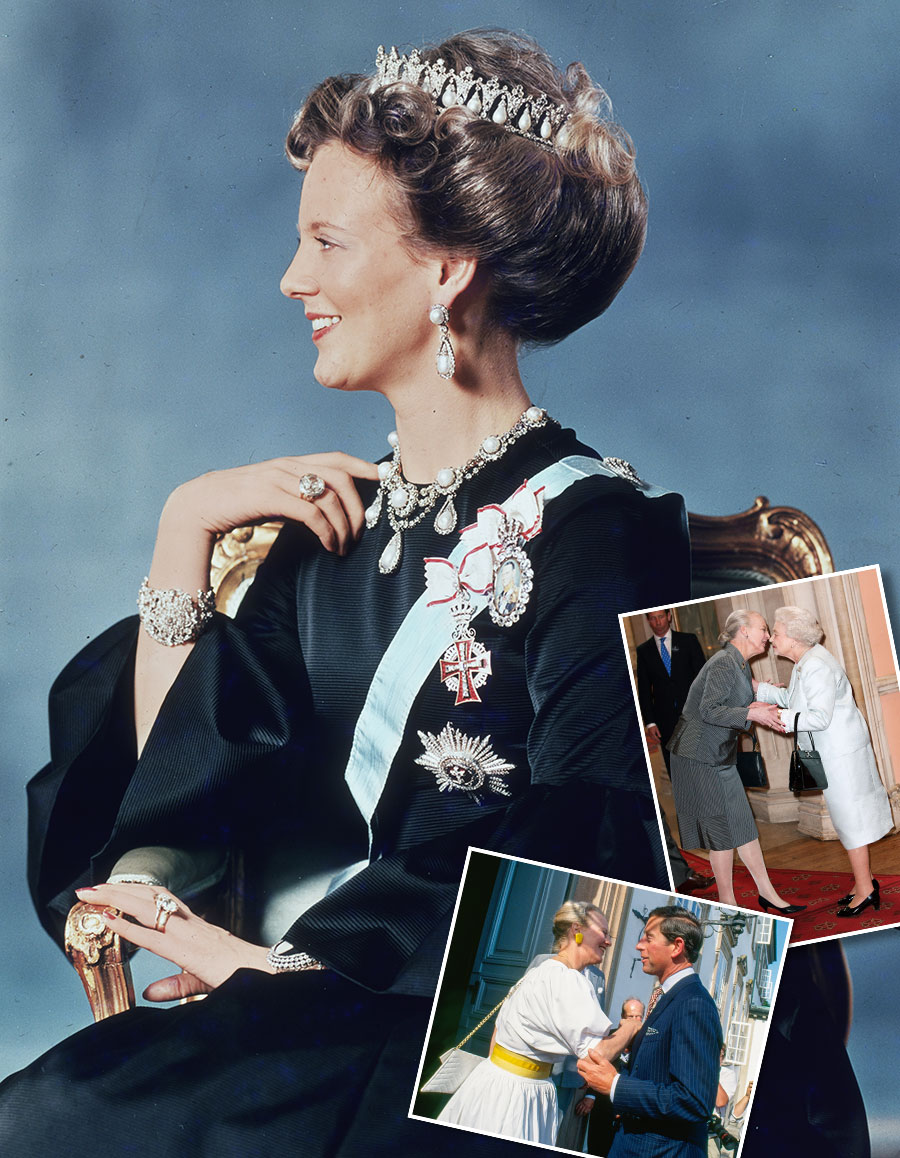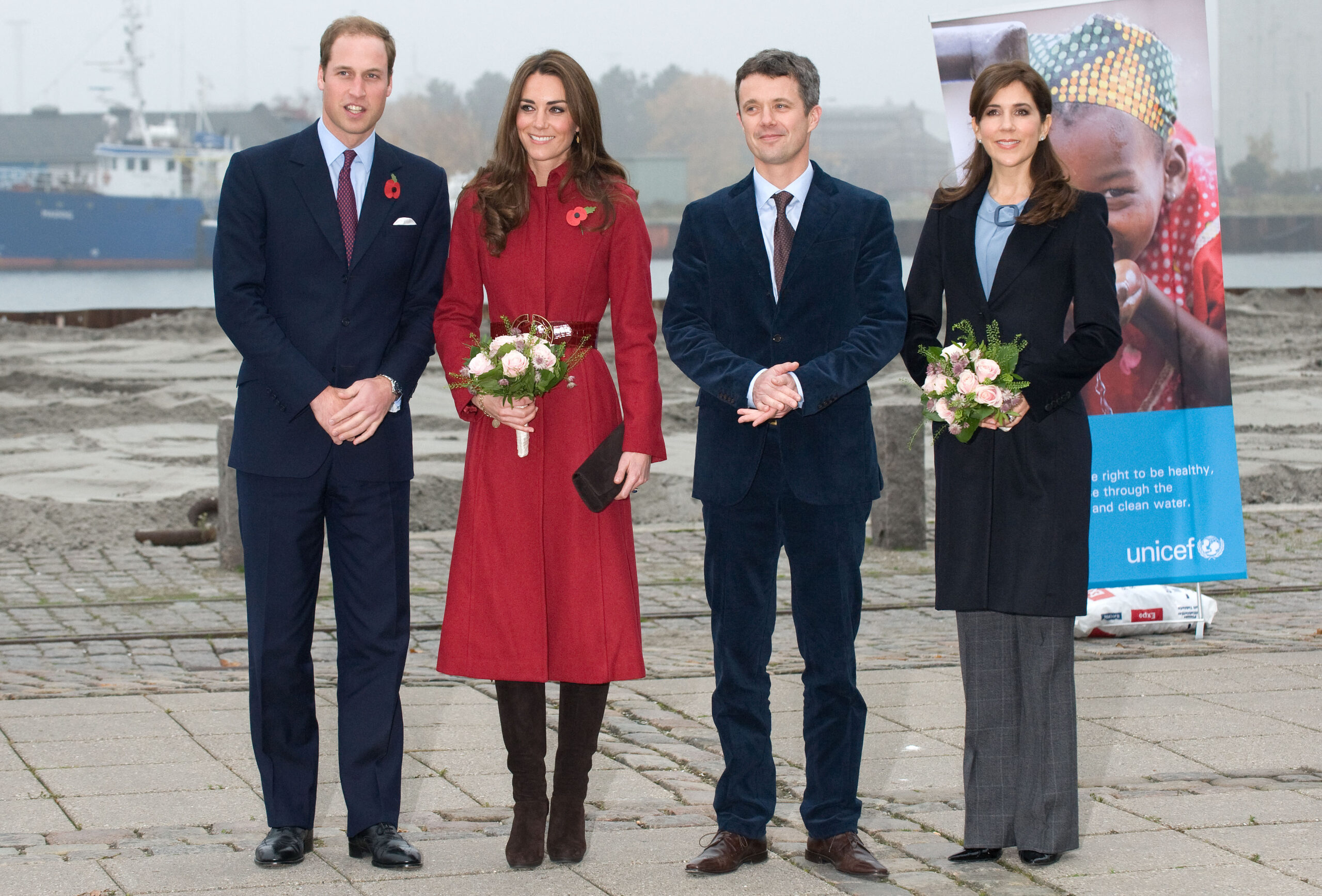Royal Retirement: What Does the Abdication of Denmark’s Queen Margrethe II Mean for the Future of King Charles’ Reign?

Queen Margrethe II of Denmark gives a New Year's speech from Christian IX's Palace, Amalienborg Castle, in Copenhagen on December 31, 2023, announcing her upcoming abdication after 52 years on the throne. Photo: Keld Navntoft/Ritzau Scanpix/AFP/Getty Images
The British Royal Family isn’t the only royal house in Europe enduring drama.
The abdication of Queen Margrethe II, 83, the wildly popular Queen of Denmark, on Jan. 14, the 52nd anniversary of her reign, marked a changing of the guard that the crowned heads of Europe will be watching closely. And what will it mean for King Charles III who, at 75, is but eight years younger than his (distant) Danish cousin? (For amateur genealogists, Queen Elizabeth II was third cousin to Margrethe, via Queen Victoria, but the math for figuring out Charles’ generational familial connection is complicated.)
When Margrethe made the surprise announcement in her New Year’s Eve address to her nation, the torch was passed to a relatively glamorous young couple: Crown Prince Frederik, 55, and Crown Princess Mary, 51. We all know that younger royals capture public imagination. There is a flip side, in that they also garner unwanted attention: Case in point, Frederik has been embroiled in a scandal since this past fall, when he was photographed staying overnight with beautiful Mexican socialite Genoveva Casanova at her Madrid apartment.
Since them, all the coverage of Frederik and Mary has been fraught with body language experts analyzing the frost between the two royal spouses, who married in 2004 and share four children. To heighten things, Mary, who was born in Tasmania and met her crown prince at the 2000 Sydney Olympics, is enormously popular in Denmark (and abroad) and renowned for both her commitment to causes (women and children, the environment) and her elegant dress sense.

So this abdication does take the heat off of the Frederik and Mary, at least for a bit. There will not be the same level of pomp and circumstance in the handing over of the crown as there was for Charles’ (even slimmed down) coronation. Frederik will be proclaimed from the balcony at Christiansborg Palace in the traditional manner; Mary will become Queen Consort automatically. It will be notable, because it is the first abdication in Denmark in 900 years and because Margrethe herself declared that she would never abdicate: “It’s always been: you stay as long as you live. That’s what my father did, and my predecessors. That is what I will do too.”
However, we live at lot longer these days. And Margrethe’s health struggles recently seem to have made her see the larger picture differently. A lifelong chain smoker, the Queen quit cigarettes following back surgery last year. After the surgery, she said, “the operation also gives rise to thinking about the future, whether the time had come to leave the responsibility to the next generation.”
Margrethe has clearly been thinking about succession. Like Charles in England, she has taken action to “slim down” the Danish royal family. The removal of titles from her grandchildren – the children of her second son, Prince Joachim – in 2022, was handled a bit ham-fistedly. Joachim spoke out about the move in the press, saying, “My kids don’t know what leg to stand on. What they should believe. Why should their identity be removed? Why should they be punished?”

Things were eventually smoothed over with Joachim, and Frederik and Mary stood behind Margrethe. In some ways, it was Margrethe taking one for the team. In her own words, after the decision and its press storm died down, she said: “For me, it was important that it not be Frederik’s lot to make such a decision. It is better that it was me – because then it was the old woman who decided it.”
Tough decisions are being made in castles all over Europe, and the world. Even though it has not been tradition in Denmark, three other recent abdications show a trend: Queen Beatrix of the Netherlands stepped down aged 75 in 2013; in Belgium that same year, King Albert stepped down; and King Juan Carlos of Spain stepped down amid scandals in 2014.
Will Charles follow the lead of his European peers? Elizabeth was especially close to Margrethe, though Elizabeth herself vowed never to step down; indeed, she invited a new Prime Minister to form a government mere hours before her death.

Abdication is also a word and a concept fraught with extremely negative connotations in the House of Windsor after Edward VIII upended the line of succession with his own quest to leave for love. It is unlikely enough time has passed to change the minds of the monarch or the public on this, especially since we just had a new season of The Crown drop in which Elizabeth fictionally battled this very question, with thoughts of the Duke of Windsor scandal at the forefront of her mind even into her old age.
It seems unlikely after the incredible example of public service by his mother, who died the longest ever serving monarch in Europe, that Charles would chose to give up the throne. As is so often noted, he did wait a very long time for the top job. But illness is the wild card we all face down in the deck, and Charles also saw his mother suffer through work in her final illness, as the family and the major working royals rallied around to carry out many of her duties on her behalf.
Frederik and Mary, meanwhile, are often pictured beside William and Kate, who are generationally more aligned. Indeed, Mary’s keen fashion sense often has her compared to the new Princess of Wales. And every so often the idea of “skipping over” Charles or shortening his reign in favour of a fresh start with William, to take advantage of his youth and glamour – and that of his own fabulously poised and dependable fashion-plate wife, Catherine – surfaced.

Charles, for his part, is working hard to make his own mark: He and Camilla currently undertake roughly three times the number of calendar duties that his heir (who still has a young family) does. That is a lot for a couple in their mid-70s.
But by the way The Firm has positioned William and Kate and their children front and centre over the many pageants of the past few years, he also knows they are the future. Their modern way of looking at, and being in, the world may be the way to fulfill the most important ideal at the heart of any monarchy’s survival: relevancy to the public it serves.
RELATED:
King Charles Pays Moving Tribute to the Queen, As We Look Back at the First Year of His Reign
A Life in Pictures: The Defining Moments of Queen Elizabeth II’s 70-Year Reign